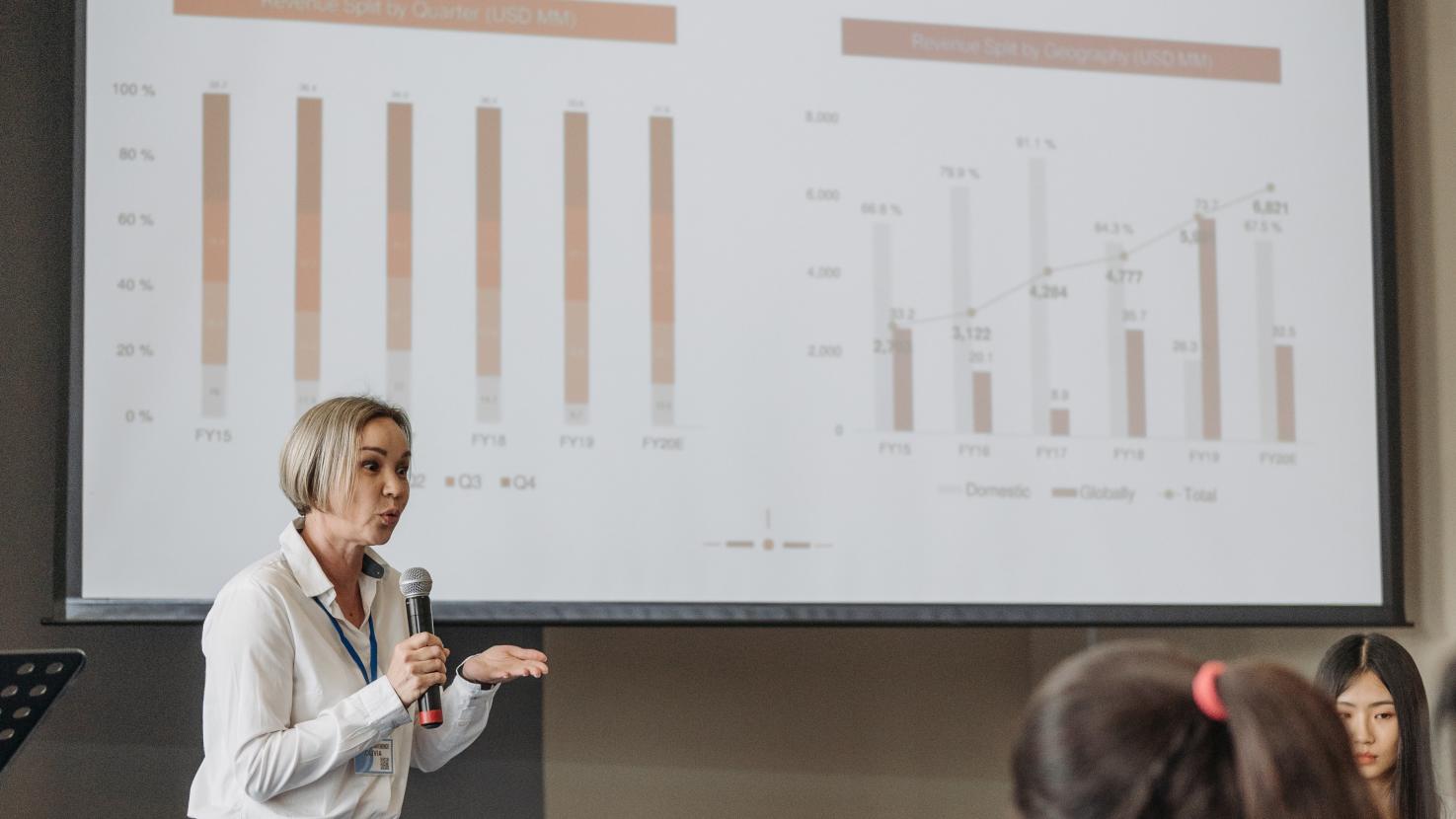
Can We Prevent Digital Discrimination?


The recent formation by the Federal Communications Commission (FCC) of a task force to prevent digital discrimination marks an interesting new chapter in our online lives. I say that because internet service providers (ISPs) such as AT&T and Comcast can be found liable for discrimination on the internet if their actions “differentially impact consumers’ access to broadband” – intentionally or not.
So is this new task force an example of governmental overreach in action, or is it a realistic response to the deep-seated nature of discrimination, digital or otherwise, against underserved and minoritized Americans?
Plumbing the digital divide
I know based on my own past experience that the digital divide is nothing new. There is a correlation between socioeconomic status and the quality of internet and digital services you receive. As telecom providers and ISPs update their infrastructure, certain areas get prioritized before others, such as lower income and rural areas. Current rollout of 5G technology is a perfect example, even if some providers have called it out as a way to erase the digital divide. The implications of this divide are obvious, from small businesses that can’t prosper in low-connectivity areas to children who struggle to do their increasingly digital homework because of slow connection speeds.
As data leaders, part of our charter is to bring a spotlight to issues of data disparity, and I believe the digital divide is something we should always be aware of, even if its systemic foundation makes progress more of an uphill process. But simply consider how underserved communities became that way – through race-based redlining practices that began in 1934 with explicit direction from another government agency, the Federal Housing Administration – and you’ll agree that this is an issue worthy of attention. As the saying goes, half of solving a problem is honestly admitting that you have one. It’s unfortunate that you sometimes have to make things a law for people to pay attention, but that’s often the case.
It’s all about the data
An important issue to consider is that we are more advanced than we’ve ever been as a culture when it comes to technology and data. So we have to know that things like digital discrimination and endemic inequality are present, and that the playing field is still far from level. With so much evidence, it’s impossible to feign ignorance that data inequality has a direct impact on educational attainment and quality of life.
For example, FCC is aware of the nuances of socioeconomics and location given that they are pondering whether to adopt a standard of “disparate treatment” or “disparate impact” in defining digital discrimination. Right now under disparate treatment, organizations can say that there is no intentional discrimination in their practices or strategies. However, under disparate impact the FCC can begin to address any discriminatory effects regardless of the intent.
Will unraveling digital discrimination happen overnight? Of course not. There will be posturing from some companies that will address the problem around the edges, figuratively and literally. Even though we live in an age of accountability, the burden of proof will continue to lie with the accuser. But if this task force simply drives some hard conversations about digital equity to the surface, I would call that a success.
Seen in a positive light, the new FCC task force should make it easier for underserved parties to get a hearing (pun intended) about the quality of their digital experience and increase awareness of the need to close the digital divide. Similarly, as the world of AI becomes more litigious, identifying the amount of bias in a model or system will continue to rise up the data leader’s agenda. Some bias is a function of human nature, of course, so we also have to move away from exclusively vilified connotations of the idea of bias.
Three anti-digital discrimination best practices
If you are a data leader, what are a couple of things you can do around preventing digital discrimination or data discrimination in your organization?
- Build your team with intention. We hear a lot about unconscious bias. In terms of diversity, that’s why it’s important to be intentional about having a diverse management or leadership team. We all have different experiences and different viewpoints, so it’s critical to take them into consideration instead of trying to mute certain segments and amplify others.
- Connect diversity to revenue. You shouldn’t need to hold an executive retreat in 2024 to understand the fiscal benefits of having a diverse organization. In data organizations where I’ve worked, diversity surfaced more varied ideas that benefitted the bottom line. I’m confident that organizations can begin to look at the fiscal benefits of having a diverse organization not as a special project but simply as the way they do business. The positive impact can extend to customers, too: an organizational understanding of the diversity of its customers is key to tapping into their buying behavior and power.
- Put a face on your findings. A particularly satisfying project I’ve been involved with over the past few years is Mapping Communities, which focuses on reviving awareness of New York’s lost Black communities through research. Some of the most interesting output has come from students, who delved into the 1 million+ pieces of data I’ve collected about neighborhoods like Seneca Village in present-day Central Park and focused on specific people who lived there in the nineteenth century. Sometimes bringing data to life simply needs a human perspective.
As data leaders, we want to balance the volume of data with good storytelling around that data. Striking the right narrative balance can be the difference between winning the case for a large data investment as a vital part of your organization and being seen as a tangential piece of the business that reports into a technology function.
You might even consider this retrograde view as a kind of digital discrimination – and certainly one every data leader should be working to reverse.








